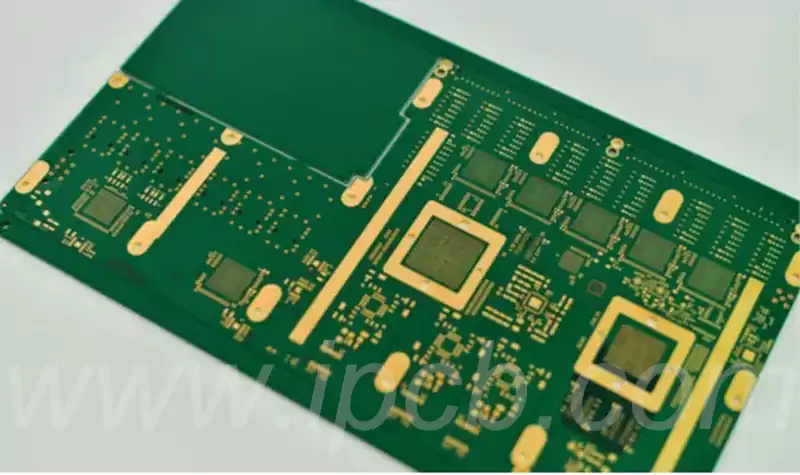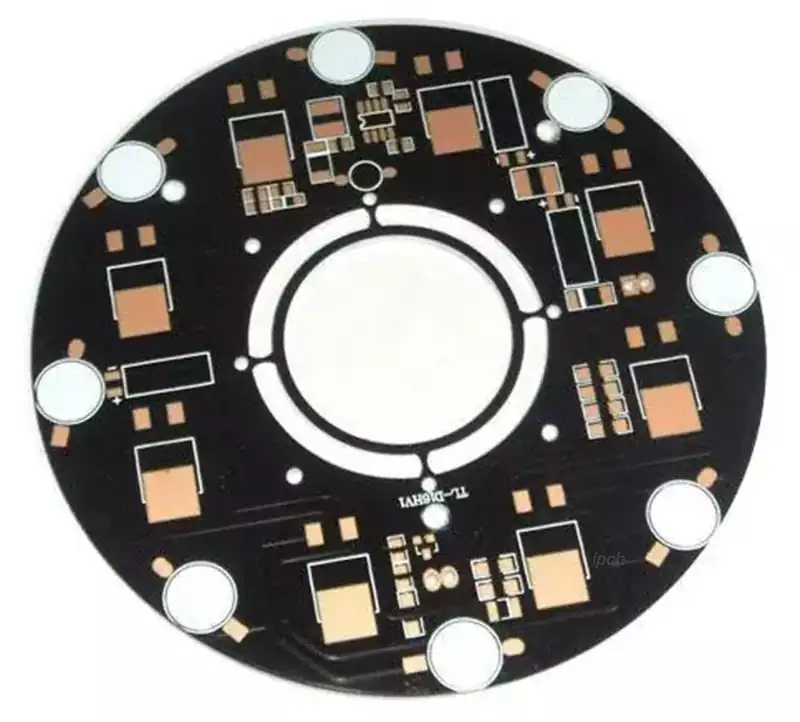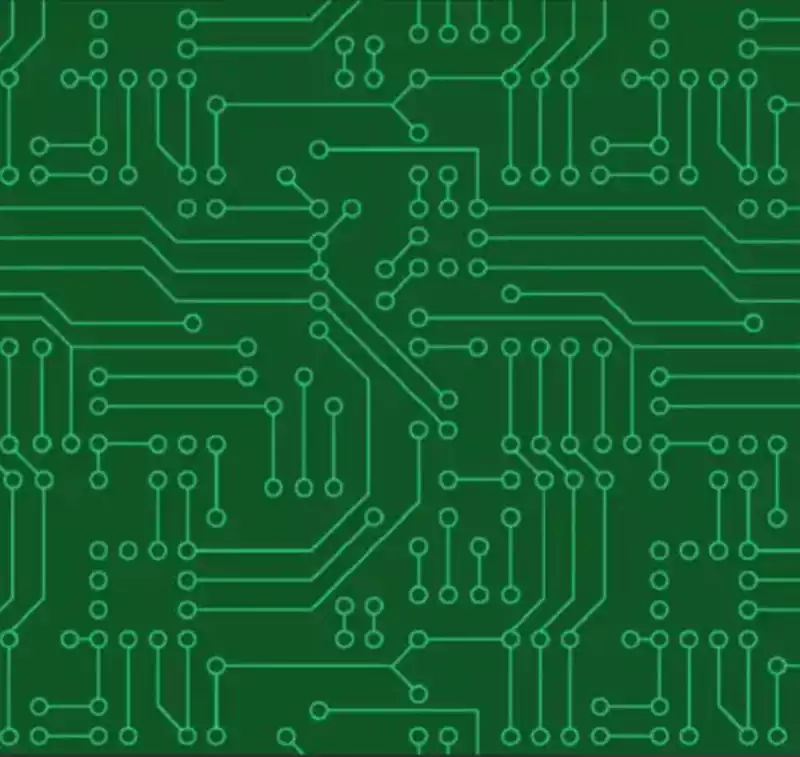Parasitic resistances are resistances that are not intentionally designed into a circuit, but are created due to circuit layout or component characteristics, for example. They are usually unavoidable and affect the performance and stability of the circuit.
Parasitic resistors have the following characteristics:
- Varying sizes: The size of parasitic resistors can vary due to different reasons for their generation. For example, the longer the length of the line, the greater its resistance.
- Difficult to estimate: Since parasitic resistors are not intentionally designed, it is often difficult to accurately estimate their size and location. This is one of the reasons why parasitic resistance can affect circuit performance and stability.
- Unadjustable: Unlike intentionally designed resistors, parasitic resistors usually cannot be adjusted by adjusting circuit parameters.
Parasitic resistors are often considered the ‘enemy’ of circuit design due to their unavoidable and unadjustable nature. Circuit designers often take measures to reduce the impact of parasitic resistance,such as shortening circuit lengths and optimising component layout.
Effects of parasitic resistance on capacitor performance
- Impact on the equivalent circuit of the capacitor
In the equivalent circuit, parasitic resistance will cause the internal resistance of the capacitor to rise, thus affecting the discharge and charge time of the capacitor, resulting in a degradation of the capacitor’s performance. - Affecting the frequency response of capacitors
Parasitic resistance affects the frequency response of a capacitor.Generally,when the parasitic resistance is large, the frequency response of the capacitor will be limited, resulting in the capacitor not being able to achieve the expected performance. - Affects the temperature characteristics of the capacitor
Since the parasitic resistance is related to the internal structure of the capacitor, components,etc.,it is usually related to the temperature.As the temperature rises, the value of the parasitic resistance will change, thus affecting the performance of the capacitor.

The main reasons for parasitic resistance are as follows.
- Resistance characteristics of the conductor material:The conductor material has a certain resistance value,the current will produce a certain voltage drop when flowing through the conductor. Although the conductor material is usually chosen as a metal material with low resistance, but due to the reduction of device size and the increase in current density,the effect of parasitic resistance is gradually apparent.
- Contact resistance:In semiconductor devices,there is a certain contact resistance between the contact surface of different materials.The contact resistance causes an additional voltage drop when the current flows through the device,thus affecting the performance of the device.
- Uneven current distribution:In some device structures,current may flow centrally in certain areas,resulting in an increase in resistance in that area.This can also lead to parasitic resistance.
Parasitic element effect is the difference between resistance and reactance. Resistance does not change the phase of current or voltage in an AC circuit, whereas reactance changes the phase of current or voltage, and the amount containing j indicates the magnitude of reactance and whether the load is inductive or capacitive. And resistance does not change the phase of current or voltage, so there is no j term.
Parasitic components are additions created by the electronics in a circuit and are most often not intended by design. For example, a resistor is designed to generate impedance, however it actually generates unwanted parasitic capacitance as well.
Parasitic components are unavoidable in circuits. All conductors include resistance and inductance,and by duality, there must be capacitance in such conductors. Component designers cannot completely remove parasitic components,but can only try to minimise their effect.
The most common parasitic components are parasitic resistors and inductors on part pins and parasitic capacitors on part pin packages. For wire-wound components such as transformers and inductors, the most obvious parasitic effect is the parasitic capacitance between the turns of the winding, which causes the component to resonate at a particular frequency, so that the component is unable to function as an inductor at that frequency.
Parasitic resistance and the parasitic component effect it brings are important factors that cannot be ignored in circuit design. By gaining a deeper understanding of the causes of parasitic resistance and its specific effects on the performance of components such as capacitors, circuit designers can more effectively take preventive measures to optimise circuit design, thereby reducing the effects of parasitic resistance and improving the overall performance and stability of the circuit.



